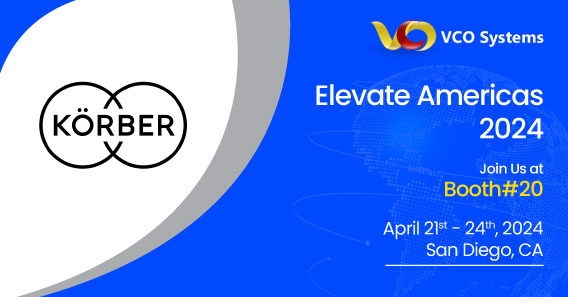Is Retail Really Dying, Or Just Transforming?
It’s hard to read anything about today’s retail environment without feeling a sense of doom — malls closing, brick and mortar chains like Hhgregg and The Limited closing all of their physical stores or going out of business altogether, and venerable retail brands like JC Penney and Sears continuing to sag under the pressure of a changing consumer marketplace. Forbes has reported that by the end of 2017, more than 5,300 brick-and-mortar stores will have closed.But amidst all of that gloom are other trends that stand in contrast. An International Council of Shopping Centers study showed an expected increase in holiday sales of between 3.6 and 4.0%, which would outpace 2016. And real estate development in mixed-use, lifestyle shopping destinations remain red hot, particularly in areas where higher-end retailers are likely to thrive. The stand-alone indoor mall may be dying, but retailers who can deliver a great experience to their consumers can still thrive.
So what does that mean for online shopping? For the first time ever, the National Retail Federation reported that more Americans shopped online than in-store on Black Friday — nearly 10MM more, in fact, which shows the overall strength of the channel. It’s no secret that Amazon has taken market share away from many big box retailers across virtually all retail categories, but the degree of consolidation taking place is staggering. Amazon now represents nearly 4% of all retail sales, online or offline, and may wind up taking 44% of all e-commerce sales in 2017. Up from 36% in 2016, their e-commerce dominance is only getting stronger. With the overall retail pie still getting larger, what this means is many predominantly brick-and-mortar retailers are losing sales to online, except for the ones who are providing a better consumer experience. In the latter category is a retailer like West Elm, whose retail locations look more like a premium boutique, and are often found in the very lifestyle centers that are still flourishing.
In the middle of all of this transformation on the consumer side, our company has not been immune. With roots in supply chain consulting and product development, our customers at VCO Systems realize the challenge in front of them to compete, and have pushed us to broaden our services. It’s a major reason we launched our suite of putwall, put-to-light, and pick-to-light solutions last year, to help our clients optimize their supply chains, and be more efficient. This includes put-to-store light sortation, which allows retailers to pull product in bulk from a reserve location, and sort them into separate cubbies that each represent an individual store location. This type of flexibility and nimbleness is exactly what is required in today’s competitive environment, when end customers want the right product, at the right time, and in the channel where they prefer to buy.

